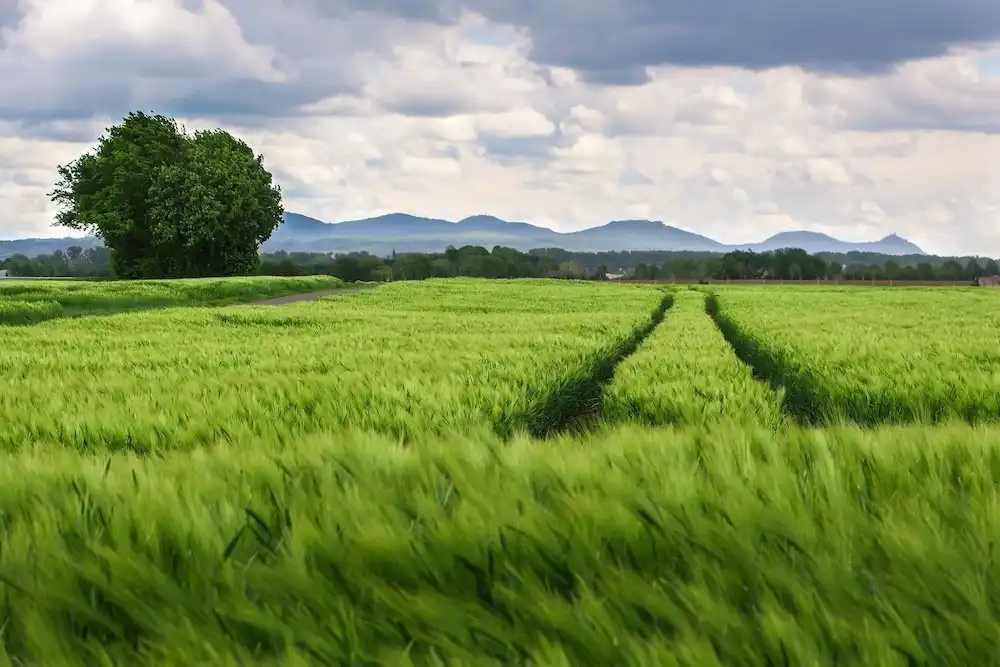
A new computational biology pipeline has mapped out over 13,000 groups of protein-coding genes conserved across grasses, offering a powerful tool for researchers investigating gene function in these economically and ecologically vital species.

A new computational biology pipeline has mapped out over 13,000 groups of protein-coding genes conserved across grasses, offering a powerful tool for researchers investigating gene function in these economically and ecologically vital species.

Researchers have found an answer to a centuries-old floral mystery, using a mathematical model to explain how striped tulips get their distinctive pattern.

Botanic gardens play a crucial role in conservation, especially with wild-collected plants, which support research and climate adaptation. Climate change threatens species survival, requiring a global network approach. Genetic diversity is key for resilience, and ethical plant collection is essential. Collaborative efforts ensure conservation success while maintaining biodiversity and sustainability.

A new study finds that, of the three large-scale, plant-based climate mitigation strategies, reforestation stands out as most beneficial for biodiversity. In addition to reforestation (restoring forests in places where they have historically grown), the team of scientists modeled the impacts of afforestation (adding forests in places like grasslands and savannas) and bioenergy cropping (farming plants such as switchgrass for renewable energy) on more than 14,000 animal species.
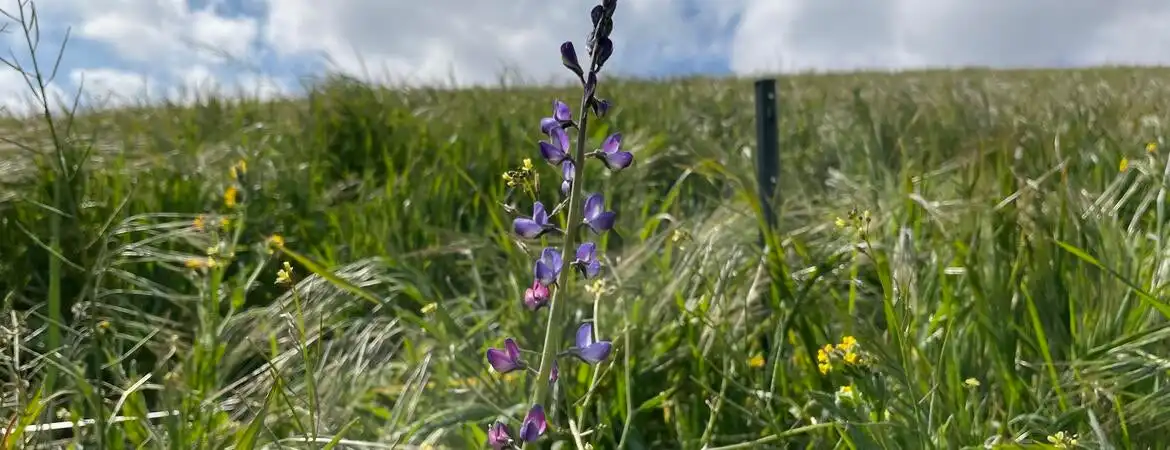
Raking dead grass (thatch) helps native plants grow by improving light access, according to a study. In three-year tests, raking increased plant diversity, reduced invasive grasses, and boosted wildflowers. While it also raised some invasive wildflowers, raking offers a low-cost, eco-friendly method for restoring native ecosystems and reducing wildfire risks.
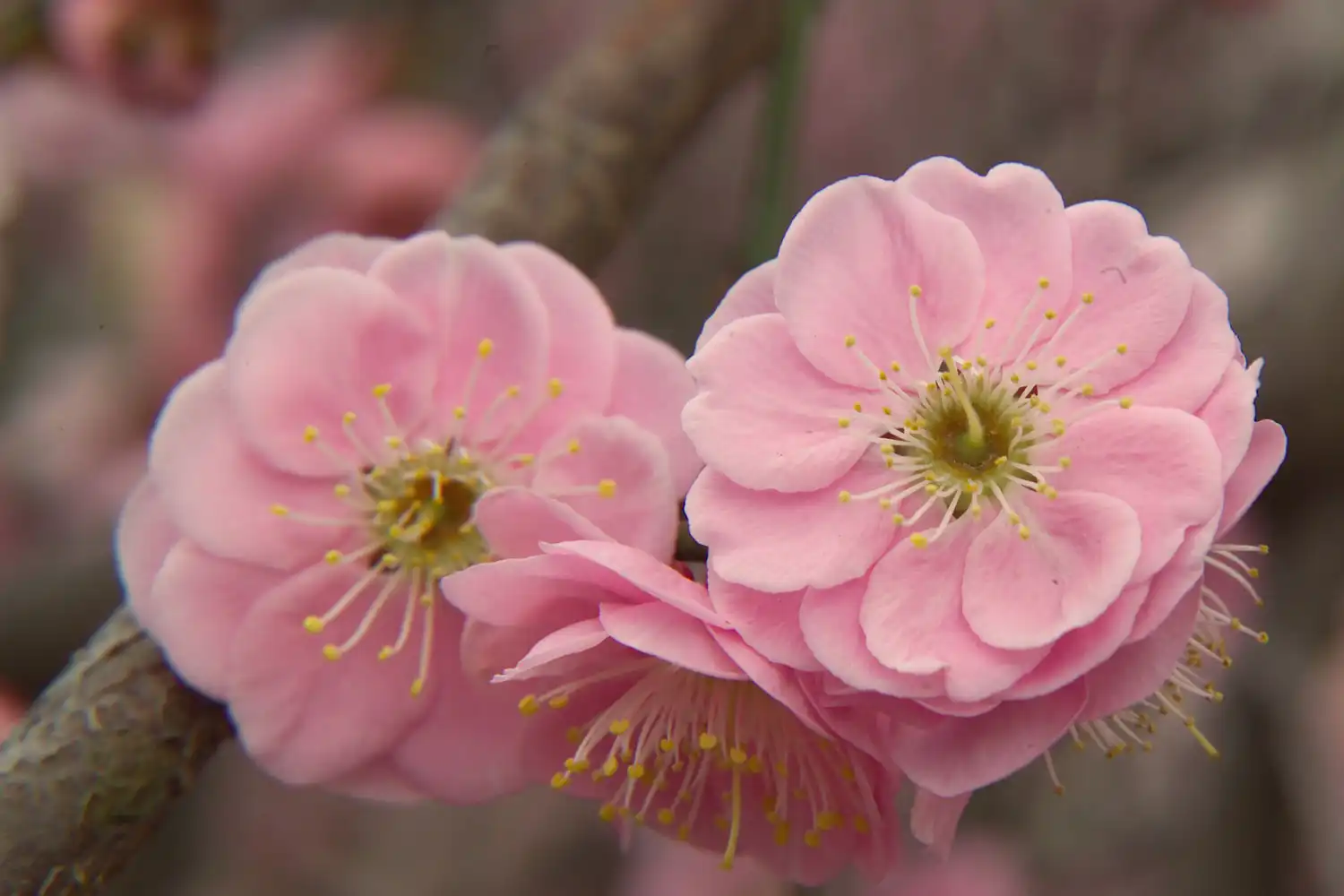
Researchers have created the first single-cell gene expression map of Prunus mume petals. Using advanced RNA sequencing, they identified six cell types driving floral scent production, pinpointing key genes like PmBAHD3. This breakthrough enhances understanding of fragrance biosynthesis, offering potential for breeding aromatic plants and innovating in horticulture and perfumery.
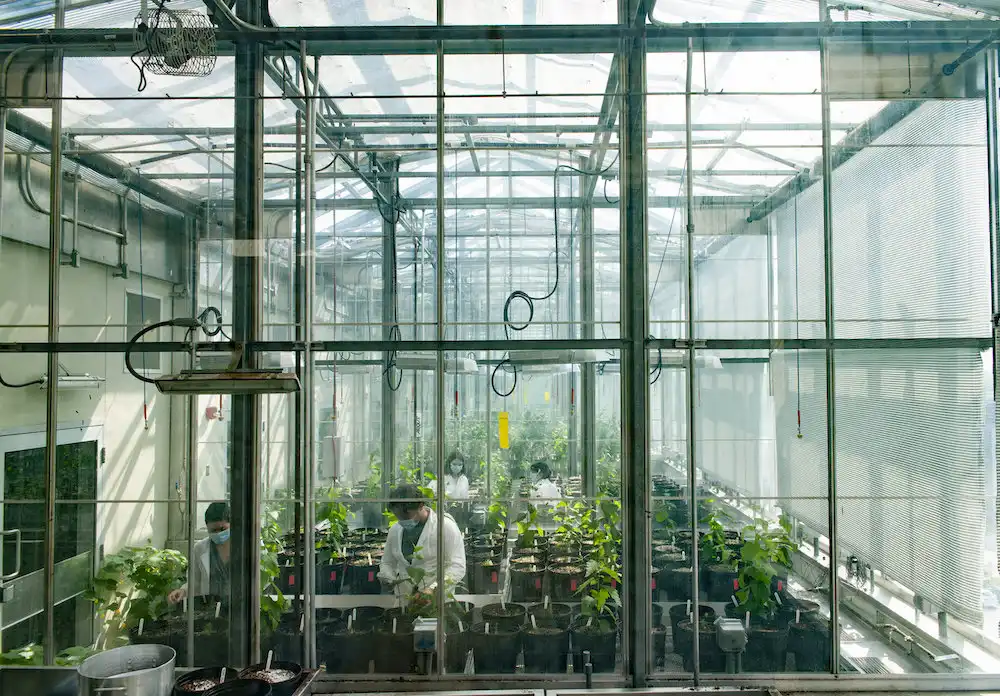
Researchers studied how paper birch trees adapt to climate change by analyzing photorespiration, a critical metabolic process. They found that trees maintain excess enzyme capacity, providing a buffer to environmental shifts. This resilience offers hope for forests under changing climate scenarios.

The corpse flower’s rare, short-lived blooms emit a pungent scent to attract pollinators, fueled by heat from its spadix. Researchers uncovered genes driving heat and odor production, linking sulfur metabolism and amino acids like methionine and putrescine to its smell. This study advances understanding of thermogenesis and pollination in plants.

Ice age cycles had minimal impact on the genetic diversity of European trees, finds a new study. High diversity arose from traits like long lifespans and pollen traveling vast distances. This resilience offers hope for forests adapting to today’s rapid climate changes.
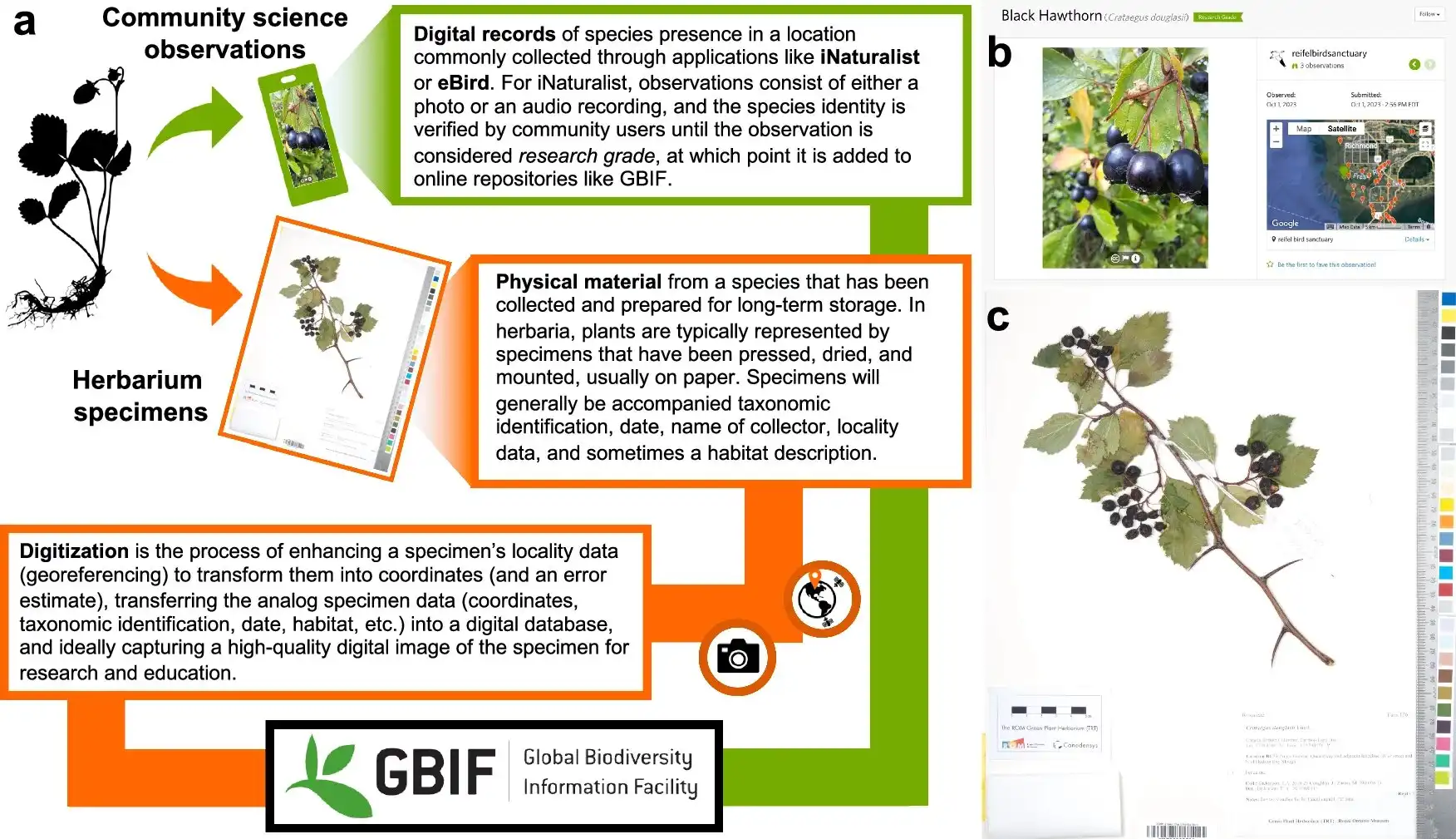
Researchers emphasize the crucial role of herbarium collections in supporting biodiversity conservation. They advocate for increased funding to herbaria, which face financial threats, citing their effectiveness in generating high-quality, unbiased biodiversity data. While citizen science contributes, herbarium specimens provide a more accurate record of Canada’s plant diversity and distribution, aiding conservation goals.